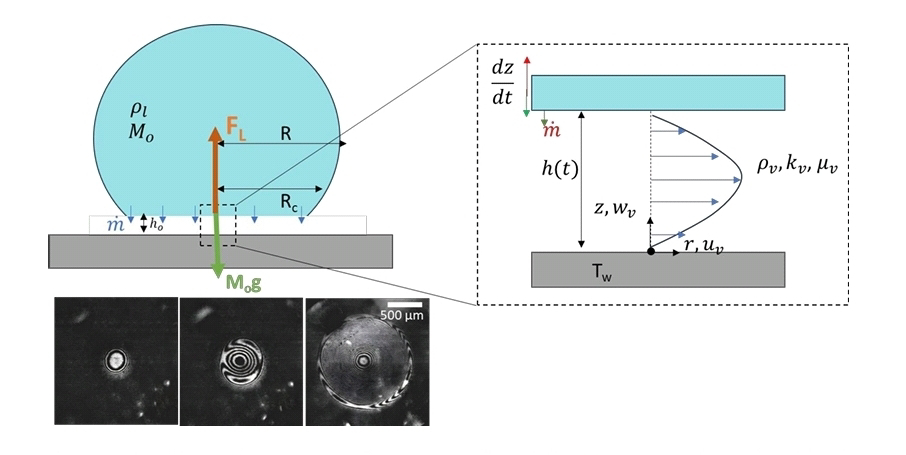AA << have explored the role of attractive repulsive coupling in shaping the collective behavior of coupled oscillators in the quantum domain. >>
<< A direct simulation (..) showed a symmetry breaking transition from quantum limit cycle to quantum oscillation death state with increasing coupling strength. >>️
<< This is in contrast to the quantum symmetry-breaking transitions reported earlier where inhomogeneity emerges from the homogeneous steady state. >>️
<< The phenomenon is general as it occurs at both weak and deep quantum regime. Specially, in the deep quantum regime where quantum noise is strong, yet it can not wash out the inhomogeneous state indicating that the symmetry-breaking state is indeed a prominent state. >>️️
Bulti Paul, Biswabibek Bandyopadhyay, Tanmoy Banerjee. Attractive-repulsive interaction in coupled quantum oscillators. arXiv: 2408.12972v1 [quant-ph]. Aug 23, 2024.
Also: transition, noise, in https://www.inkgmr.net/kwrds.html
Keywords: gst, transition, symmetry-breaking transition, noise, attractive-repulsive interaction, coupled qu-oscillator



